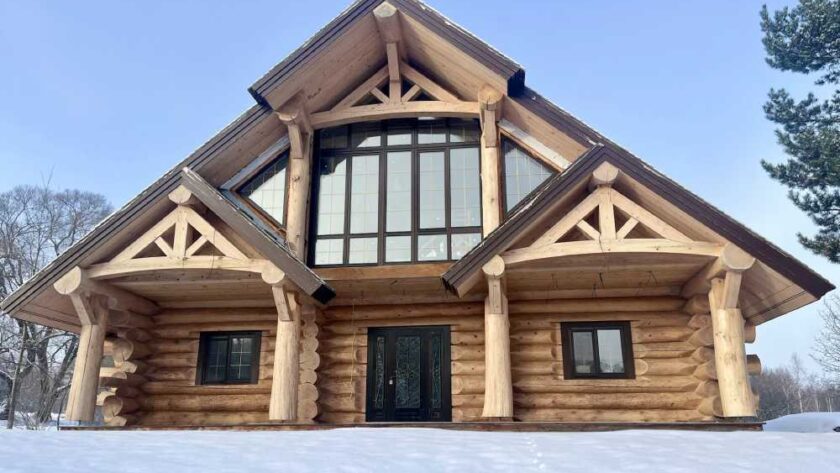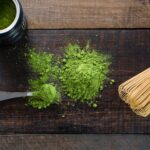Living in a log home has a wonderful rustic charm. But over time, the gaps between those beautiful logs can let in drafts or even pests. Caulking and chinking helps fill spaces to make your home more energy-efficient and comfortable. Here are signs it may be time to add or replace caulking or chinking on your log abode.
Contents
You Feel More Cold Drafts
If you suddenly feel cold air coming into your log house or temperature fluctuations from room to room, it likely means gaps have formed or expanded. Weather and natural log settling opens up spaces that let in drafts and cold. Feeling those chills is a clue you need fresh caulking or chinking.
You See Daylight Through Cracks
Take a close look at log joints during daylight hours. If you notice beams of sunlight sneaking in between logs, those gaps have become too large. Sunlight penetrating the walls is a clear indicator that your chinking has deteriorated, and new sealant is needed.
Your Energy Bills Have Gone Up
Over time, airflow through enlarging cracks and voids makes your heating system work harder. If your utility bills are steadily rising, ineffective caulking may be to blame. Updated caulking and chinking to fill those spaces can improve energy efficiency and reduce costs.
You Notice Insects or Other Pests
If you’re seeing insects, spiders, mice or other unwelcome visitors coming into your log house, they may be squeezing through cracks in chinking or around window sills. Re-caulking provides a protective barrier deterring critters from getting comfy in your home.
There are Cracks Around Windows
Check the caulking lines around your window frames. If you notice dried, cracked or missing sections, it can lead to energy loss and air leaks. Fresh caulking in those perimeter cracks blocks infiltration, so your home holds in warm or cool indoor air better.
The Chinking is Crumbling Away
Chinking between logs naturally deteriorates over years of weather and sun exposure. If the old material appears dried out, brittle and crumbly, it means moisture and air are getting through. Replacing worn chinking restores your home’s protective seal.
The Chinking is Pulling Away
In some spots, chinking can remain pliable but begin detaching from the logs. Look for areas where the putty is separating and pulling back from the wood. Those shrinking areas allow air leaks. Carefully removing old chinking and installing new is the solution.
There’s Discoloration or Mold
Discoloration, streaking or mold growth on your log exteriors can indicate moisture is penetrating. As gaps form, water seeps in and can create ideal conditions for mold. Fresh chinking forms a better water barrier, while caulking keeps the inside dry.
Protect your log home from the elements and keep energy bills down by addressing caulking and chinking when needed. A professional company, such as The Log Masters, can help. Your home will be cozier and more beautiful by sealing up unwanted leaks, drafts, and critter entry points. With proper maintenance, your log house will remain sturdy and inviting for years to come.




